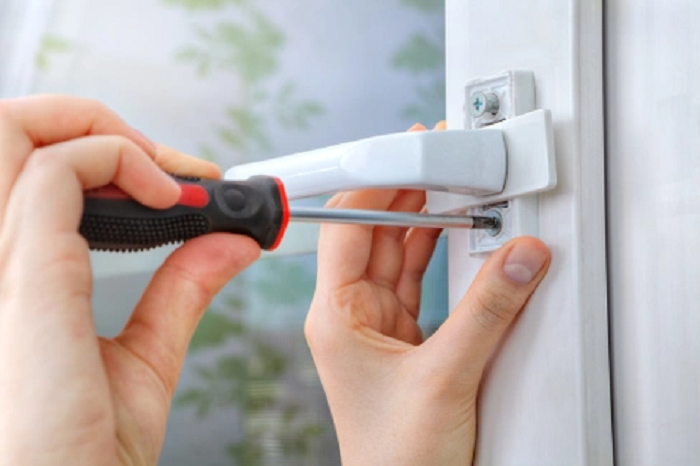
08 Jul Replacing a crank
Before removing the crank on the inside of the remaining part of each cheek, in the plane passing through the axis of the indigenous and connecting rod necks, they are at risk with an arrow directed to the connecting rod neck, so that you can properly arrange the cranks when assembling both parts of the shaft.
After removing the crank, the broken part of the shaft located below the MN or RO line is restored with electricity with high -quality electrodes, the material of which should correspond to the shaft material. Weld the broken part of the shaft with breaks, avoiding heating this site above 100 ° C.
The new crank is made in size of the old, with the exception of the width of the cheek at the site of the nozzle on the shaft. Krivoship cheeks in the nozzles should have a thickness of at least the diameter of the shaft of the shaft in the radial direction.
In the absence of steel of the same brand as the steel from which the crankshaft is made, the crank, like a separate neck, is made of steel. 5, 35 and 40.
Both holes in Krivoship should be hidden from one installation. After the final dashing of holes and processing of the outer surfaces of the crank, a hole is drilled in it for lubrication. To coincide this hole with a hole in the indigenous neck, it is drilled from the side of the landing part of the crank. In a crooked rifle with a hollow connecting neck, a steel tube is pressed into a lubricant hole and welded from the inside with electric welding. After preliminary processing, such a crank is subject to normalization.
After processing the crank on the inner surfaces of the cheeks, risks passing through the axes of the connecting rod and indigenous neck are applied. The risks should be clearly visible after heating the crank.
After the final processing of holes in the crookeder, I process the ends of the crankshaft, on which a new crookeder should be planted. These ends should be so processed so that they are on the same axis with basic places and indigenous neck and have a diameter that provides the necessary tightness during hot planting.
Food production has always been important in the culture of each nation. Today, modern technologies allow you to quickly create culinary masterpieces. The Italian company Lainox is engaged in the production of equipment and inventory for catering enterprises.



No Comments